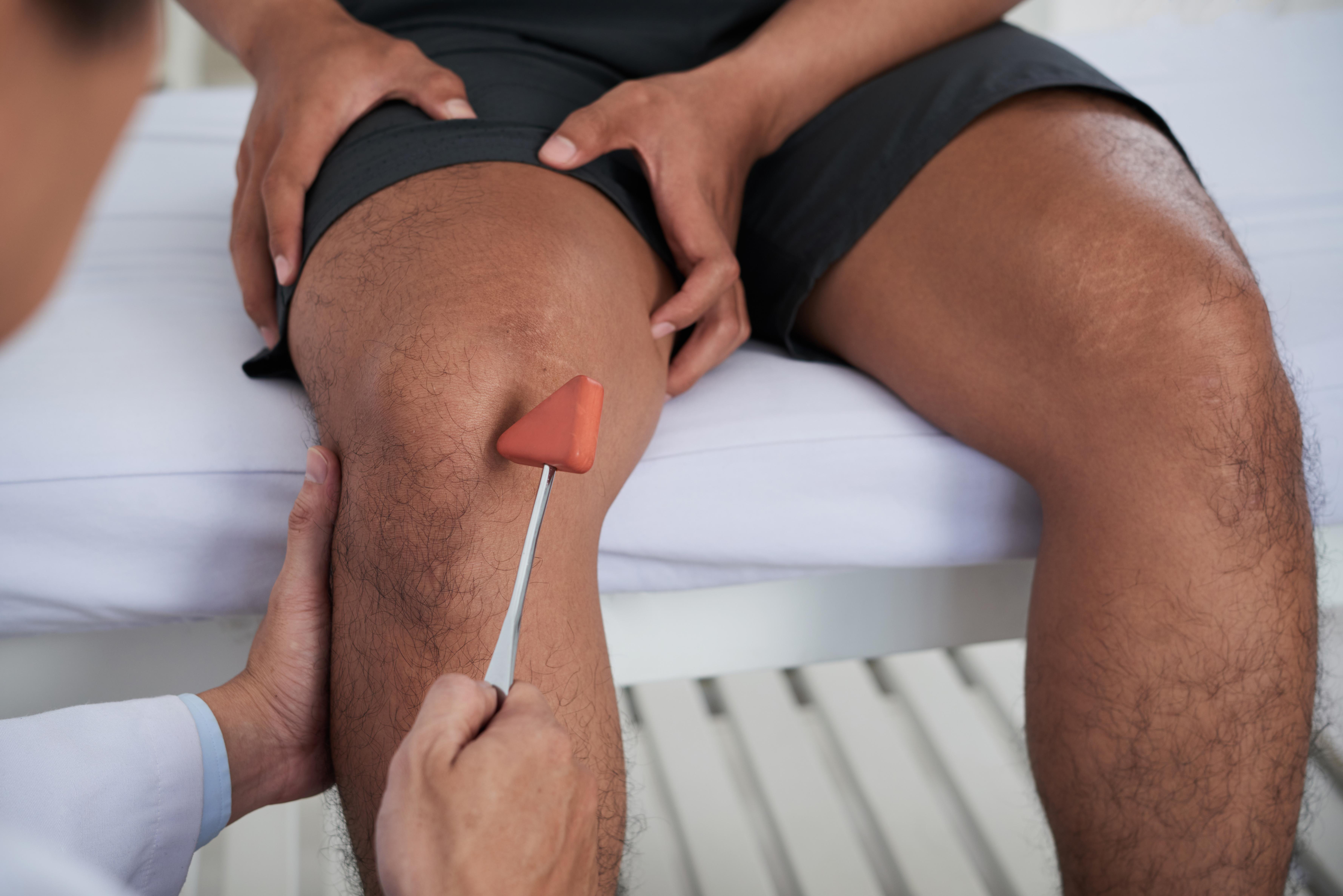CIDP Insights: Navigating Chronic Inflammatory Demyelinating Polyneuropathy
Progressive Limb Weakness

Generally, motor system dysfunction due to the weakness of the muscles is more prevalent in individuals affected by chronic inflammatory demyelinating polyneuropathy than sensory nerve malfunction. The most common pattern of progressive weakness of the limbs occurs in a patient's legs and arms in a symmetric fashion. In the earlier stages of CIDP, the patient may not exhibit muscle wasting or atrophy. However, muscle tone may appear to be decreased in individuals in the later stages of the illness. Muscle weakness occurs in individuals who have CIDP because the immune system destroys the myelin sheathing that covers the nerves responsible for transmitting impulses that tell the muscles to contract. Muscle weakness describes the inability to move a muscle when the greatest effort is made to do so. This malfunction occurs when damage has been done to the nerve sheathing, and the impulses that trigger the contraction of the muscle cannot reach the muscle tissue itself. Limb weakness in affected individuals often presents as abnormalities in their gait.
Loss Of Reflexes

Reflex describes the sudden, involuntary movement of a body part in response to certain stimuli. Human reflexes are automatic responses the body makes without the individual having to think about it consciously. Reflexes work through what is called reflex arcs, where the reaction occurs before the actual impulse even reaches the brain. Monosynaptic reflexes are made of a motor neuron and a sensory neuron, and polysynaptic reflexes contain multiple interneurons. The reflexes most affected by chronic inflammatory demyelinating polyneuropathy are their deep tendon reflexes. Deep tendon reflexes are considered monosynaptic reflexes and occur when a rapid muscle stretch provides stimulation to the individual's muscle spindles. The sensory root relays this impulse to the motor neuron that supplies the particular muscle, which results in a rapid muscle contraction. Reflexes are lost in CIDP patients because the immune system destroys the myelin sheath around the lower motor neurons, interrupting the process of impulse communication.
